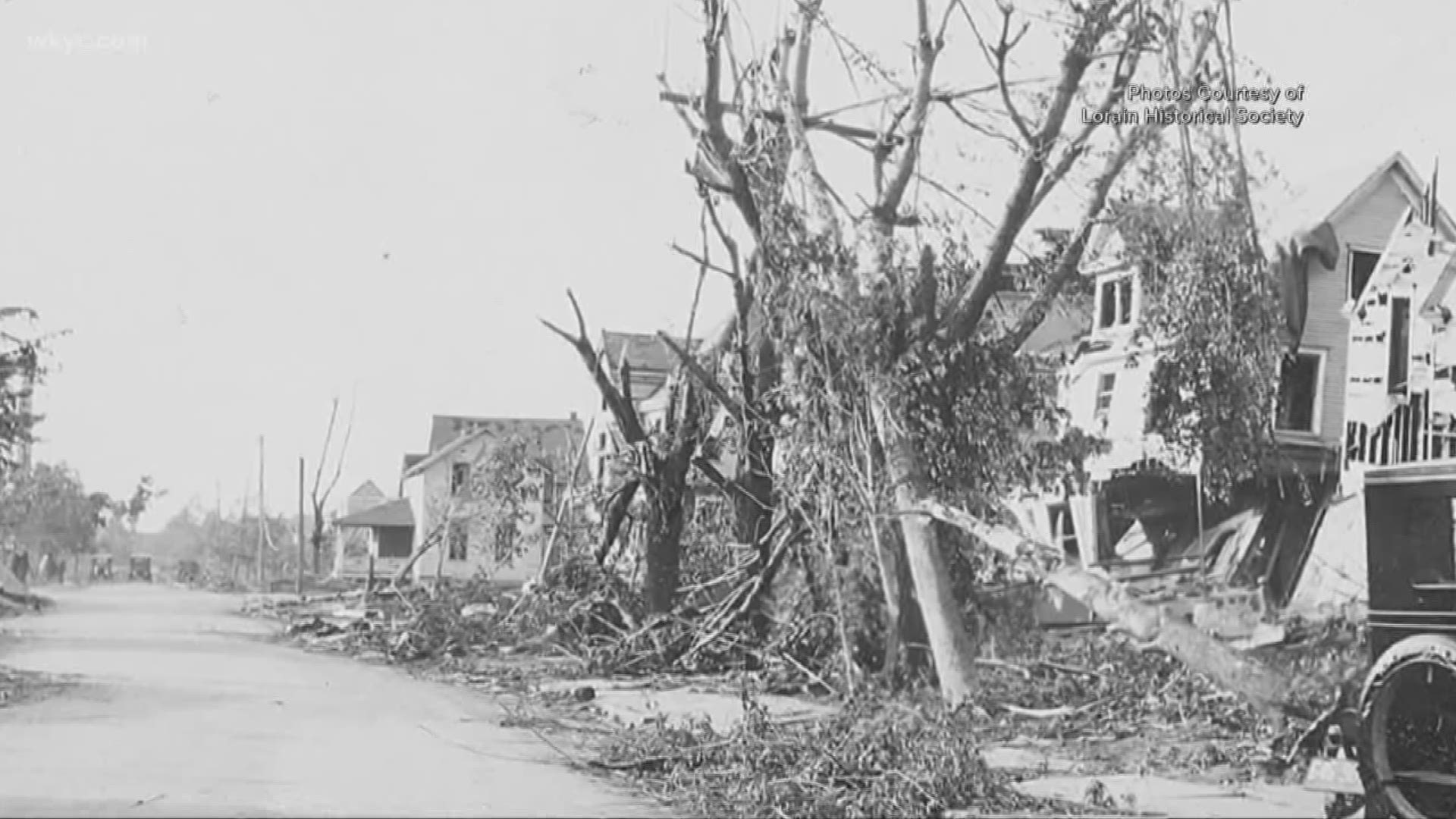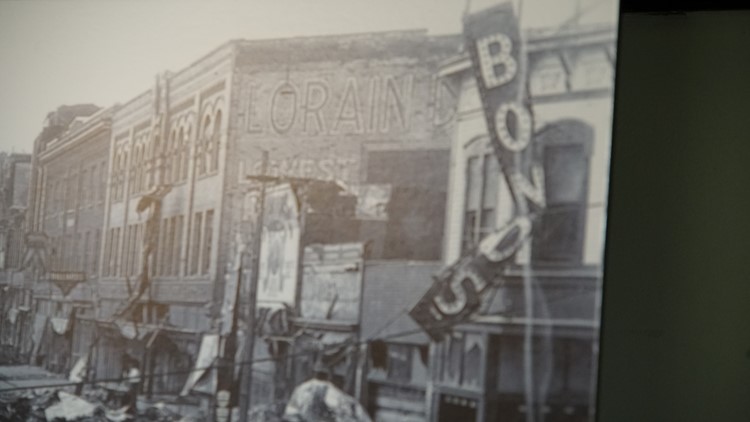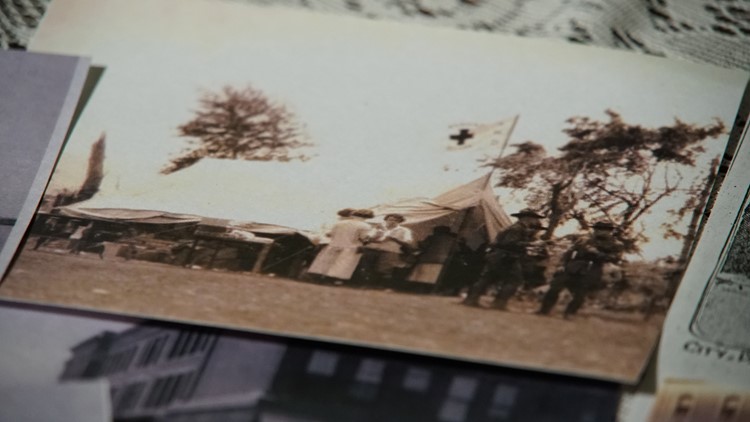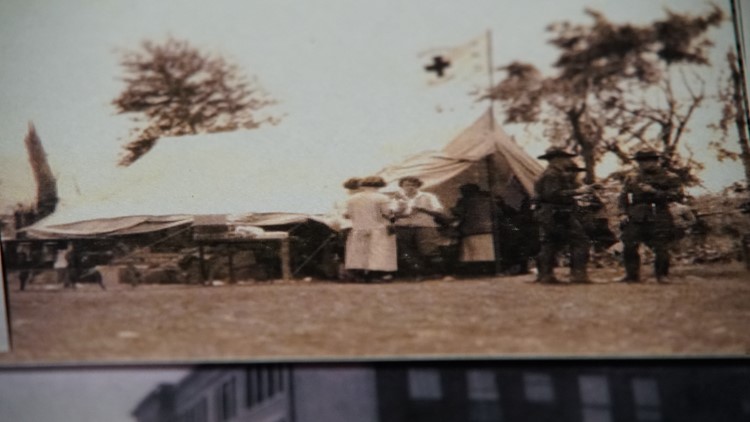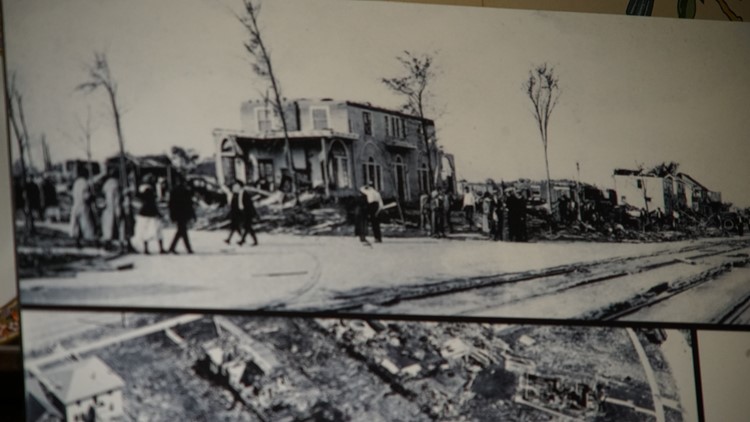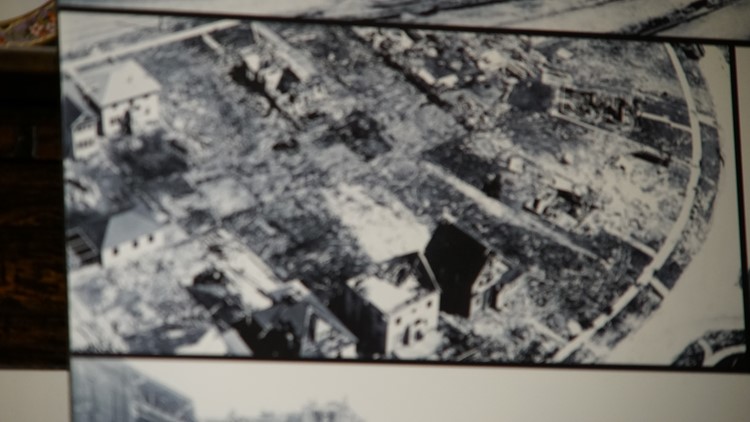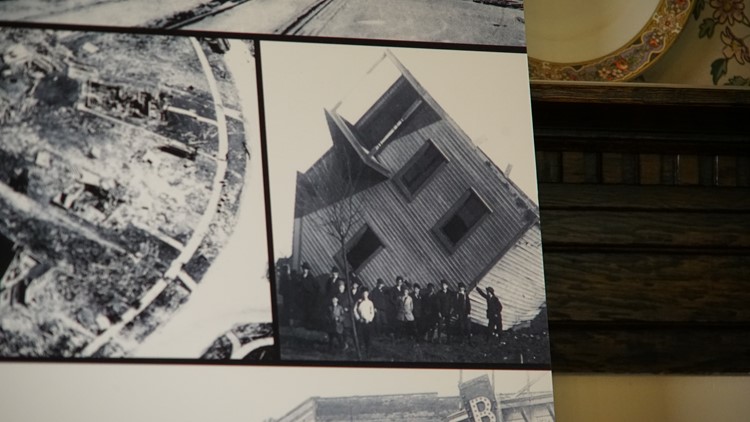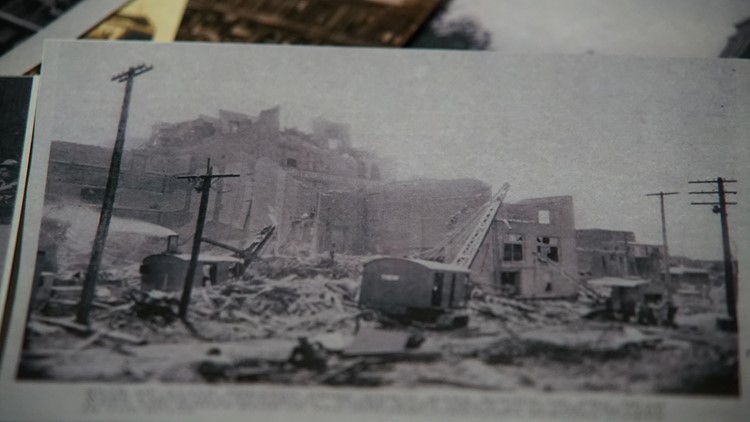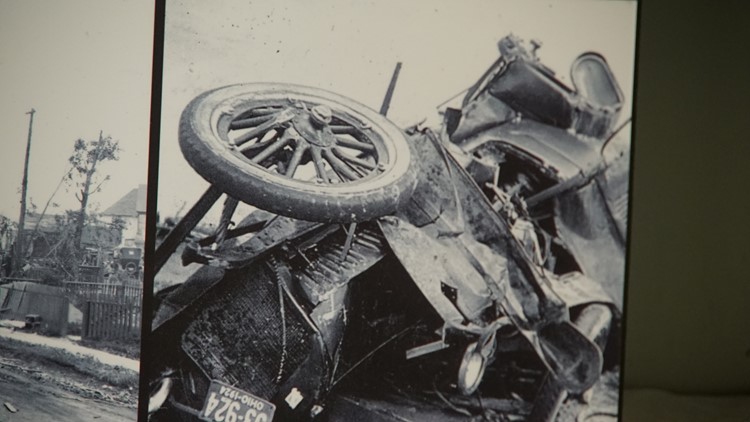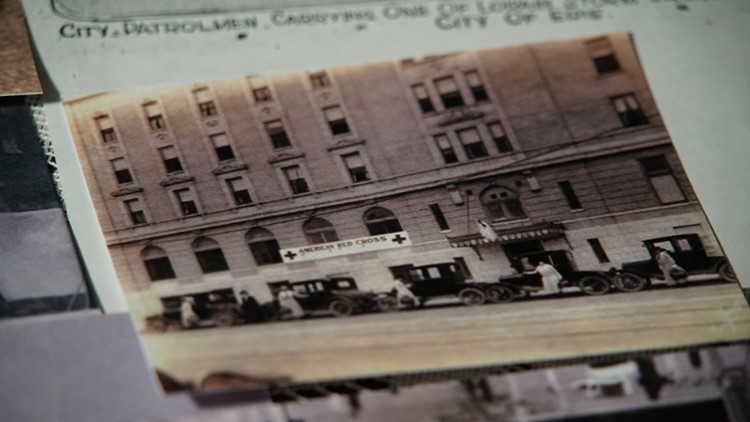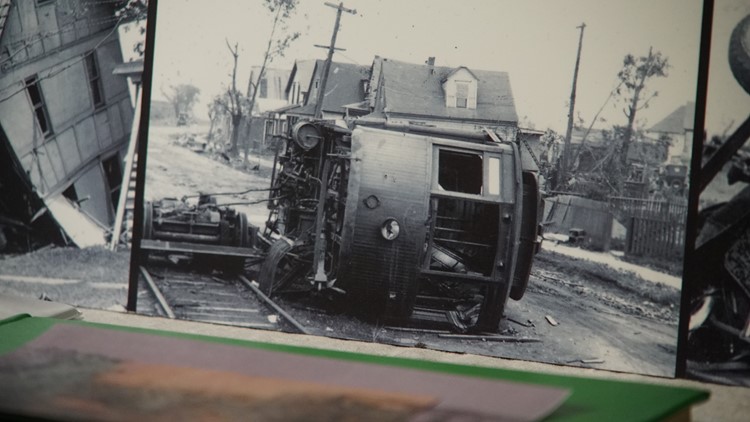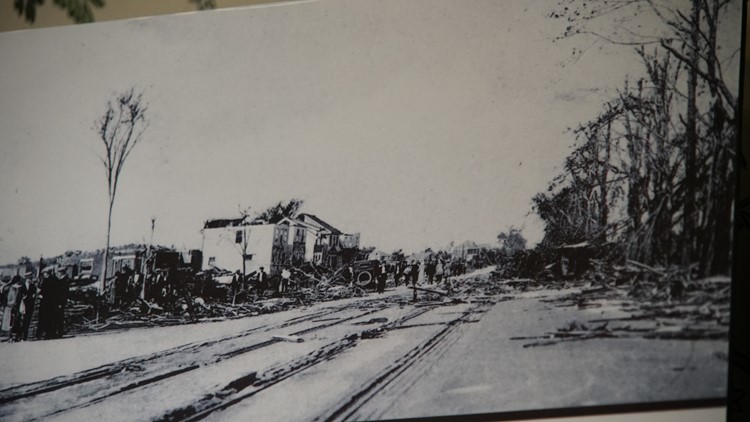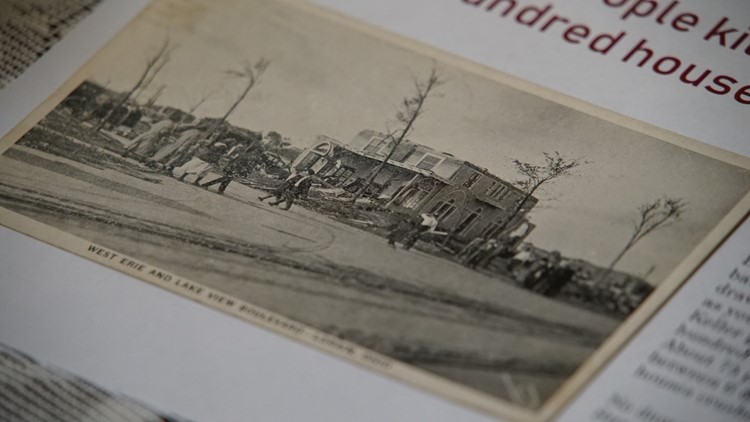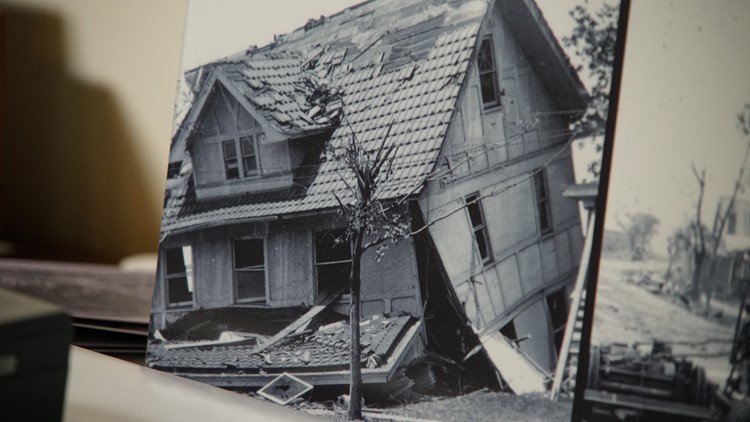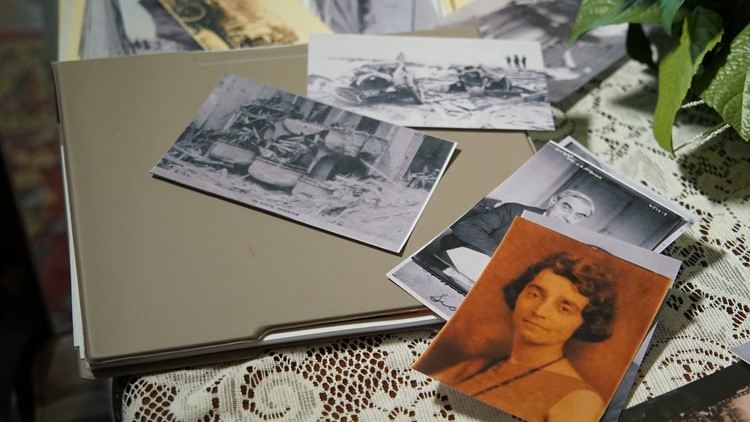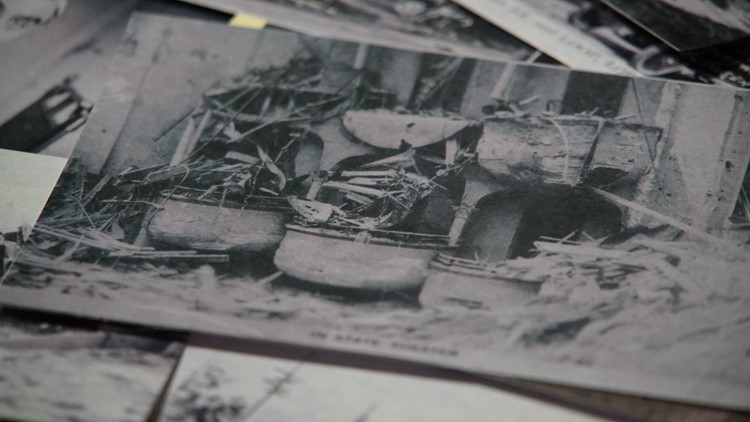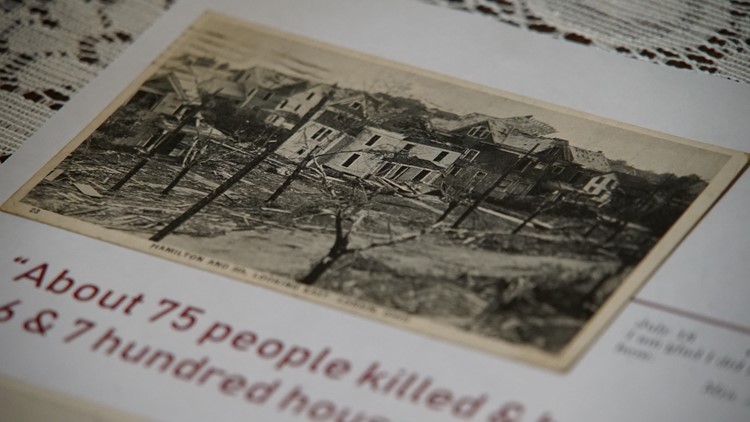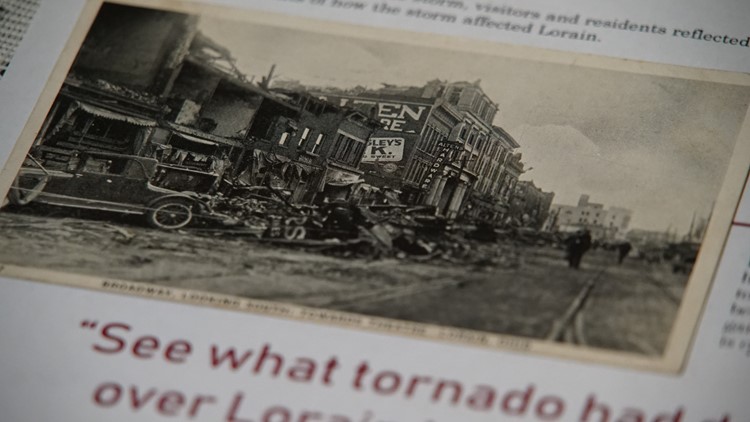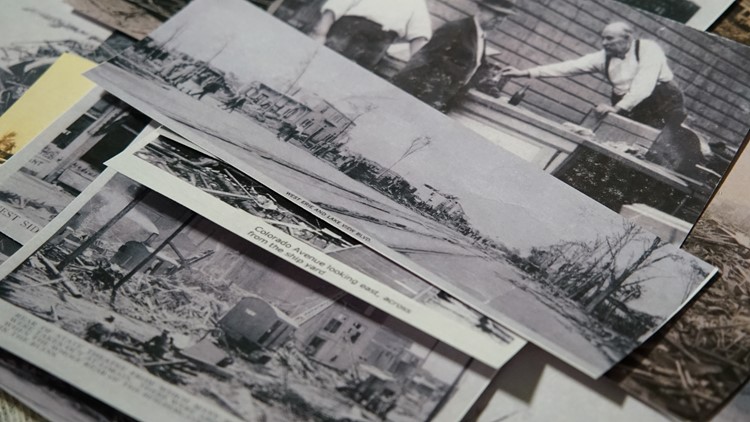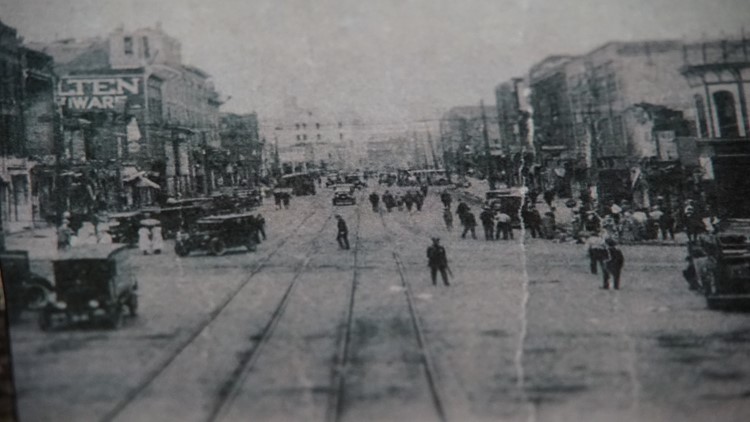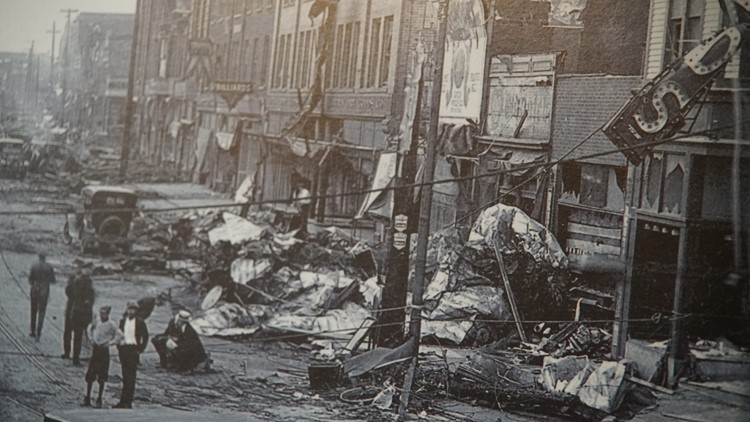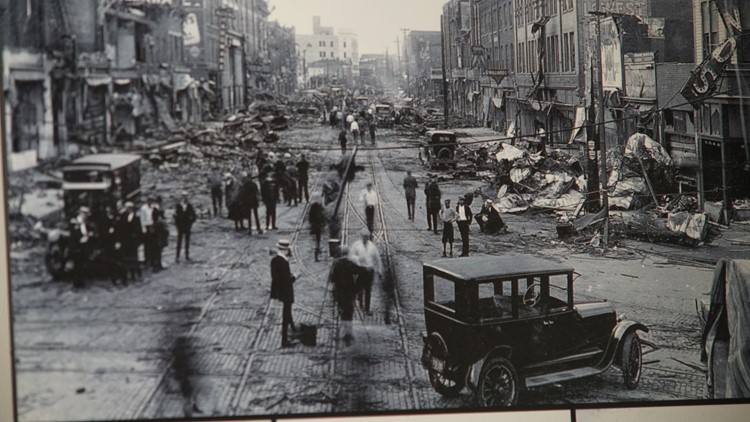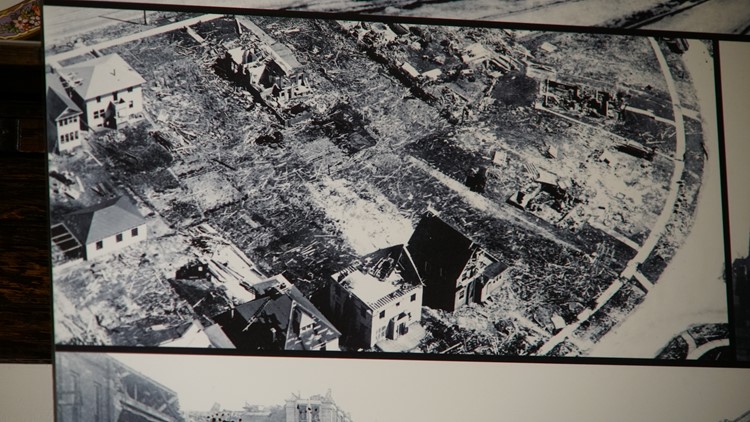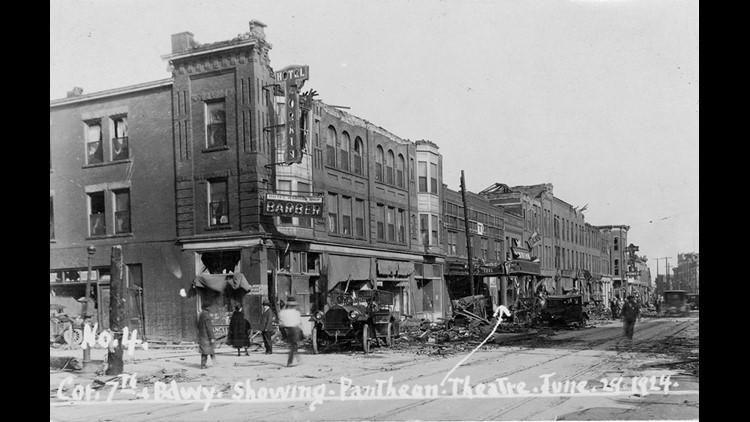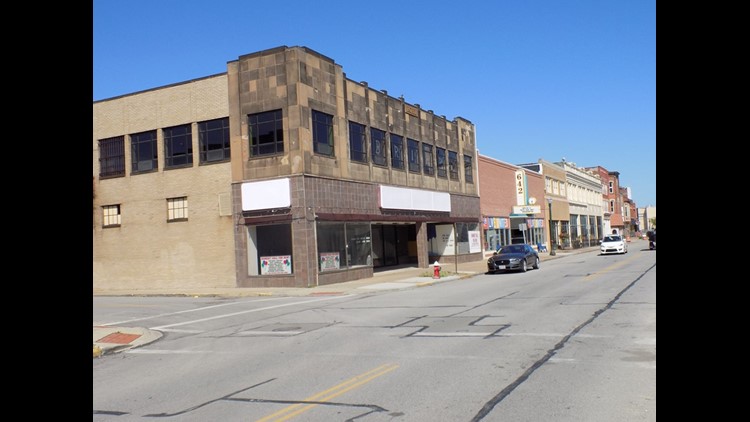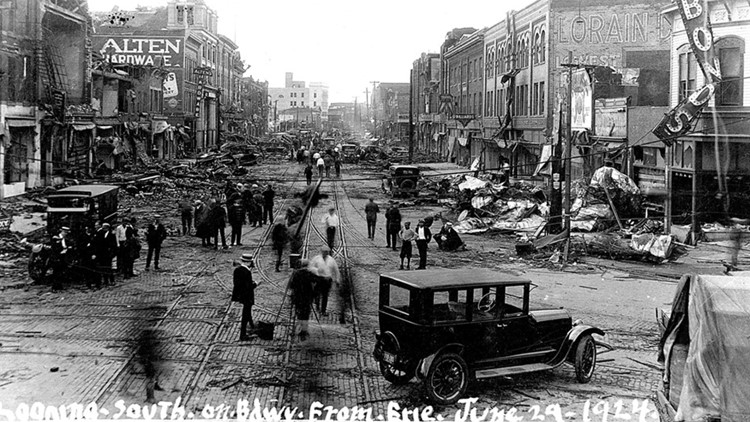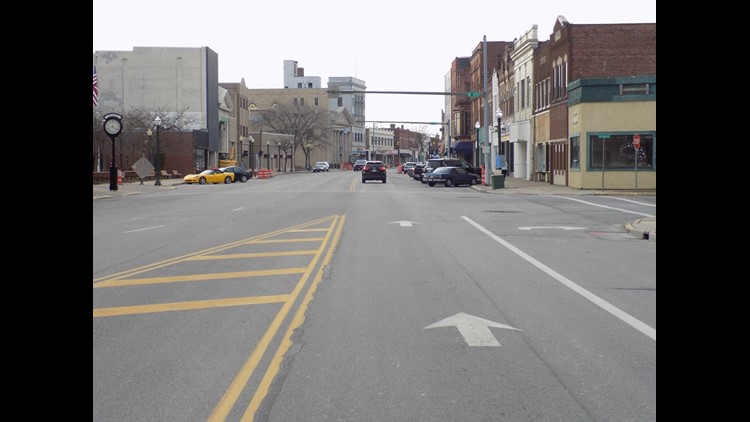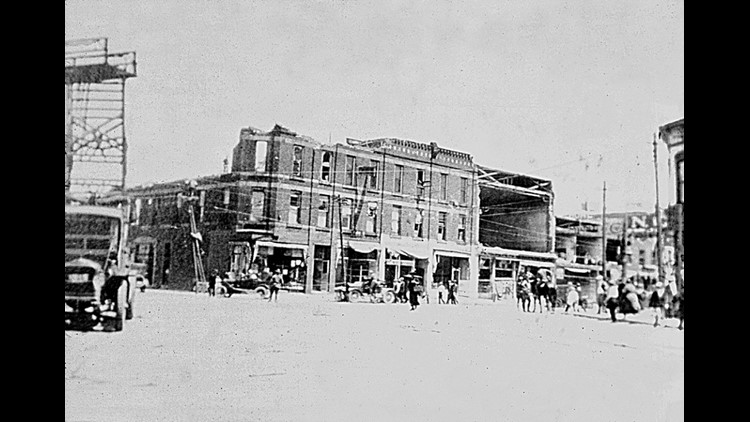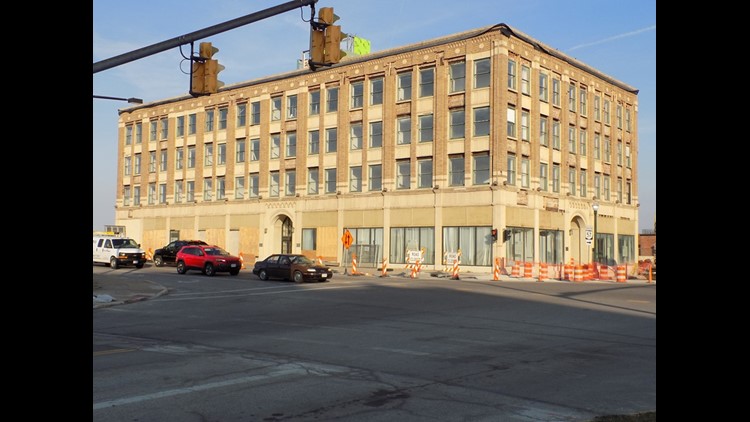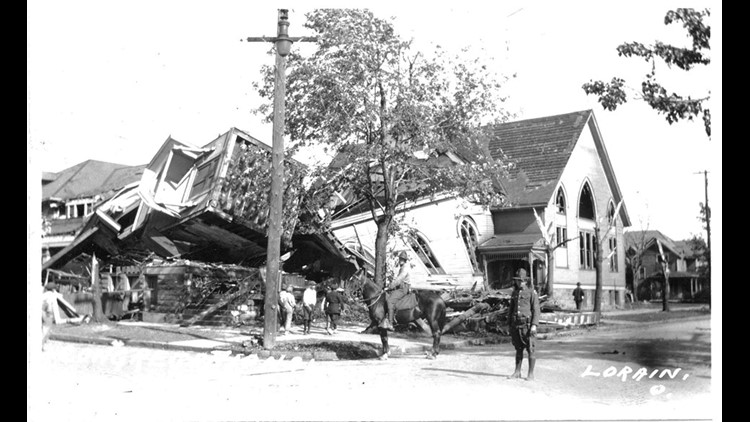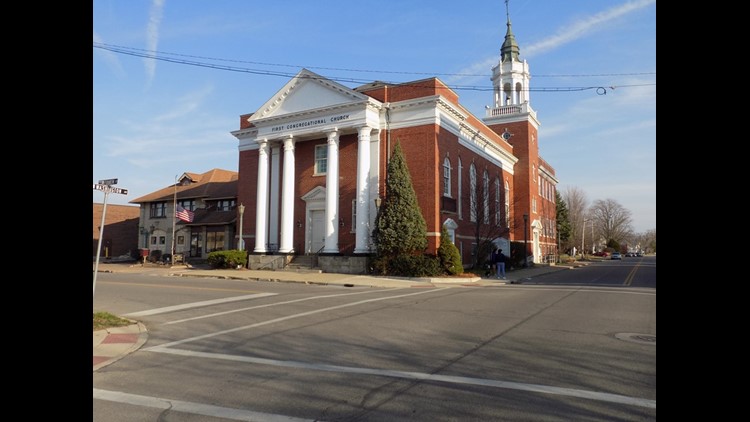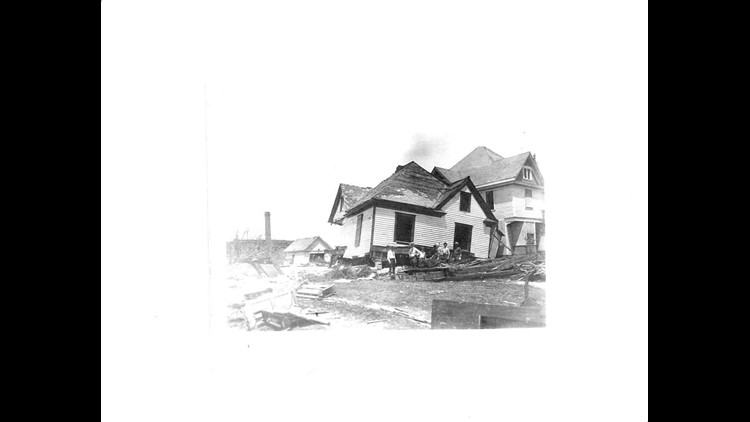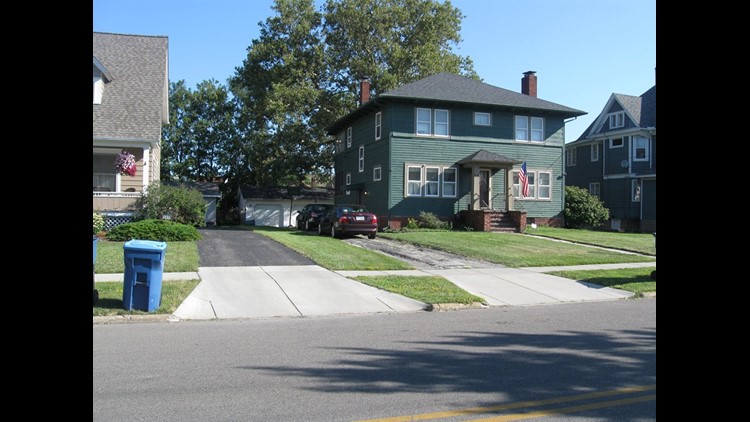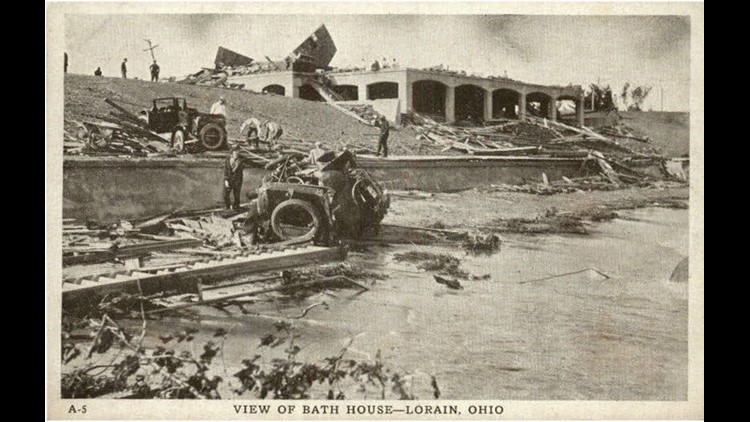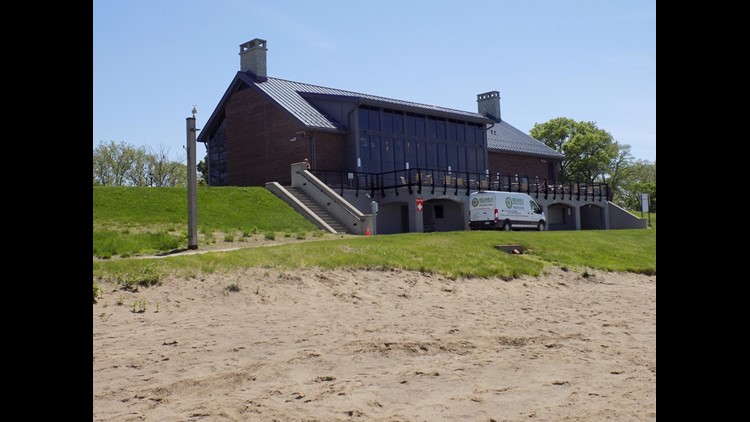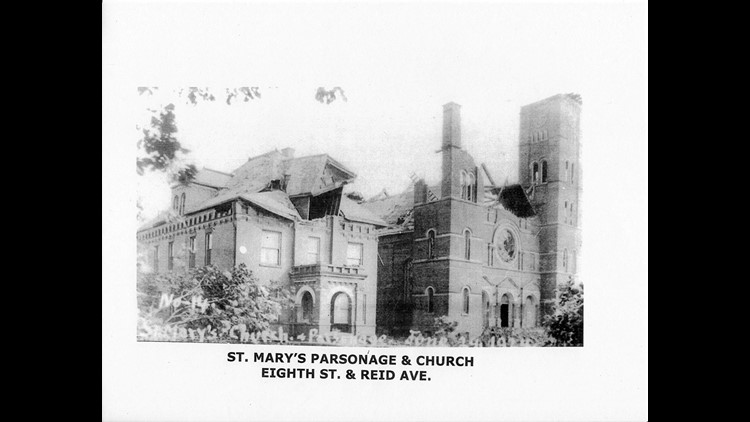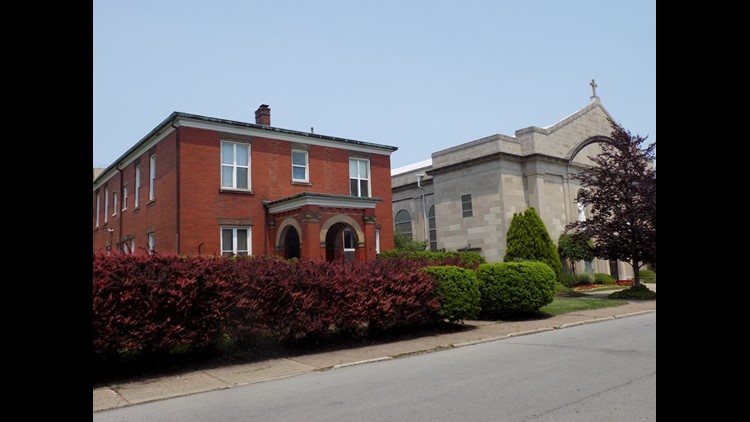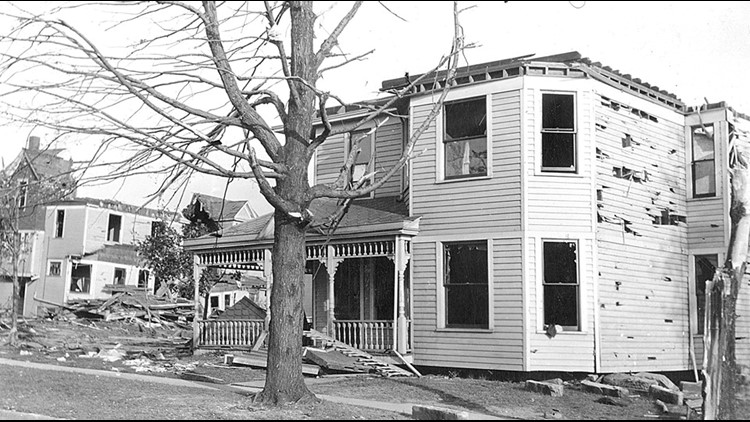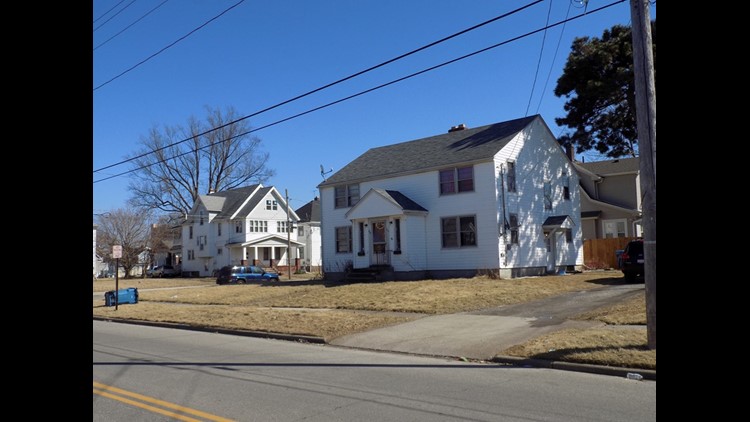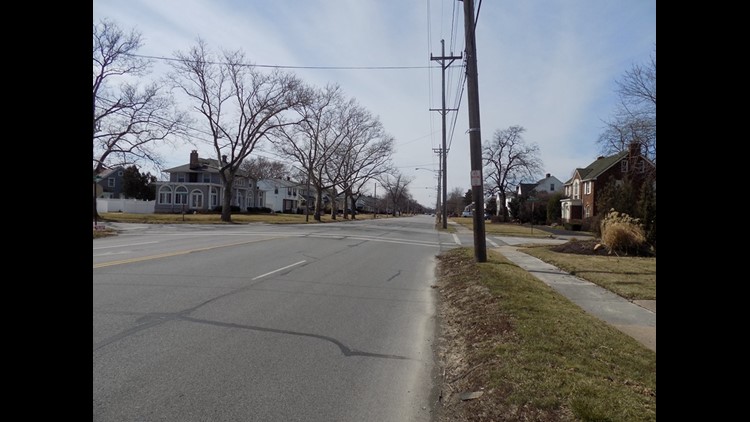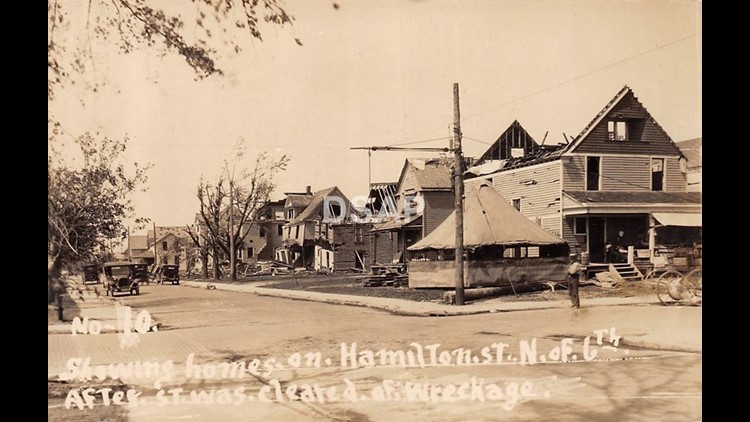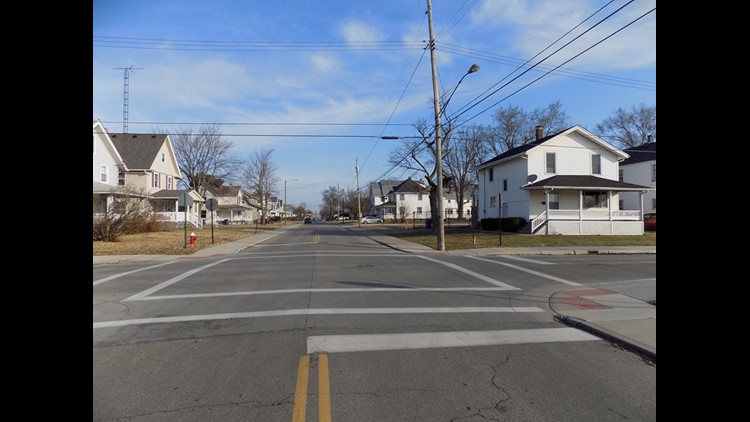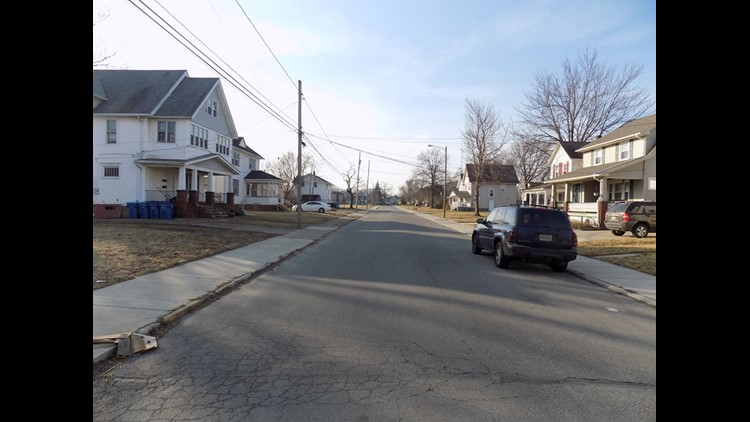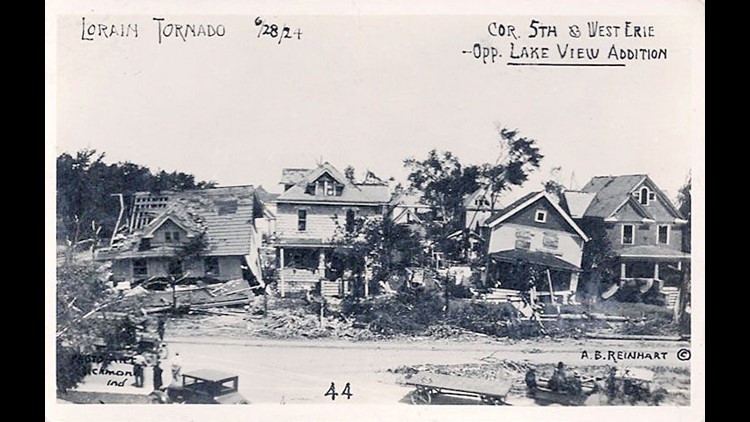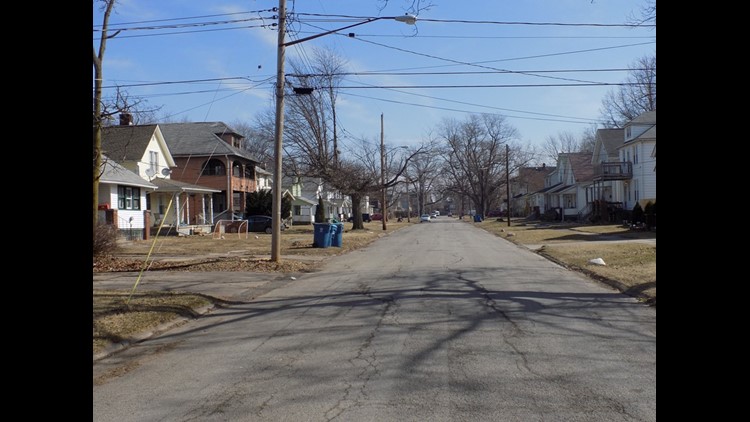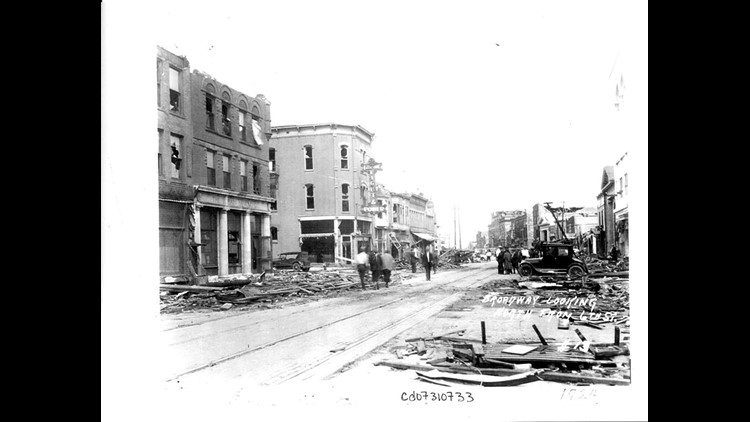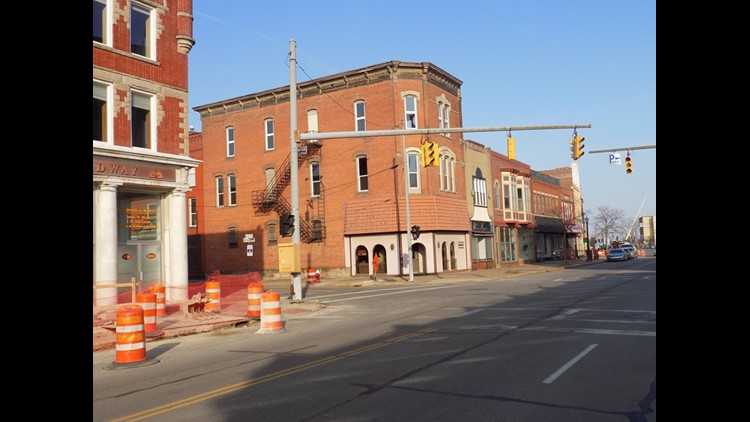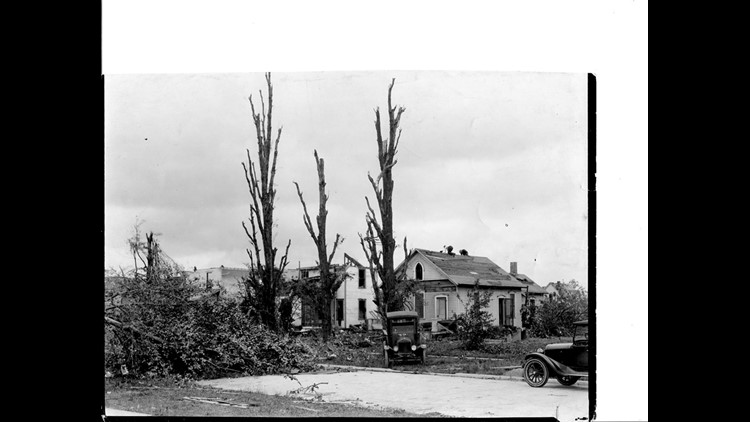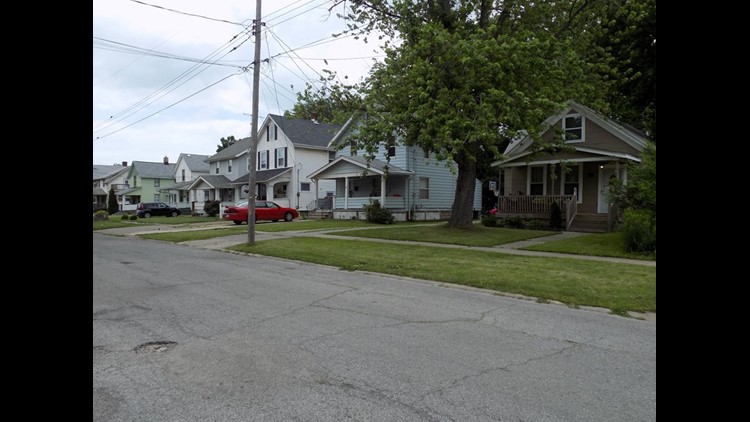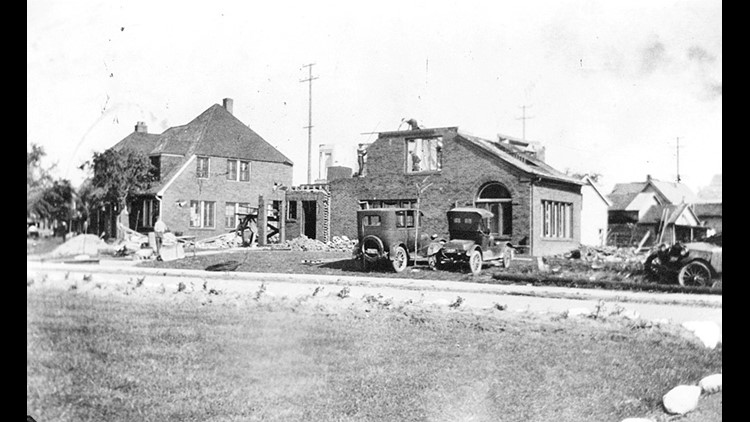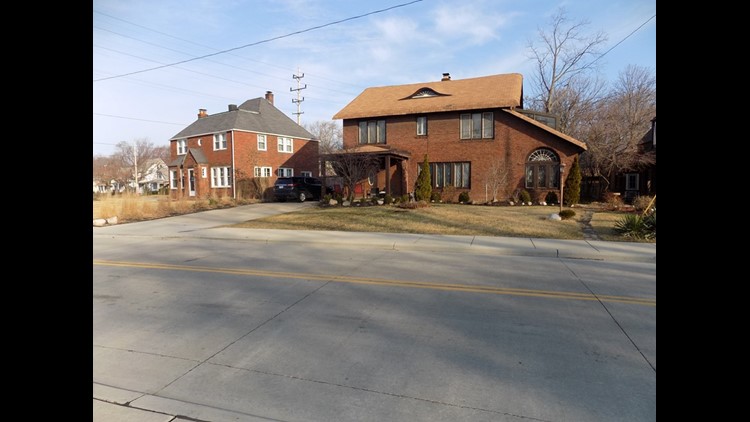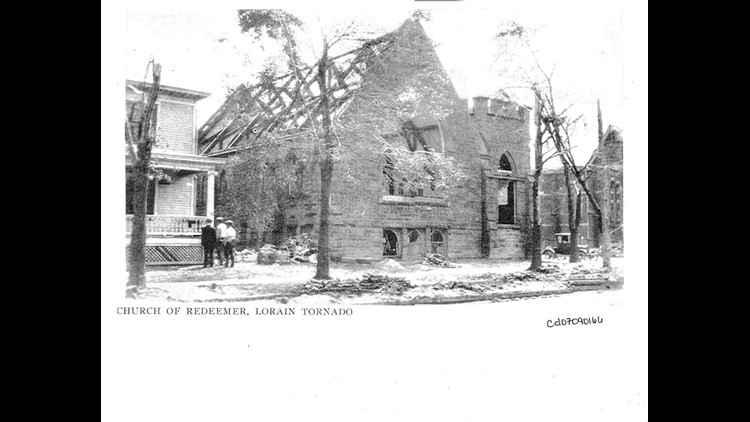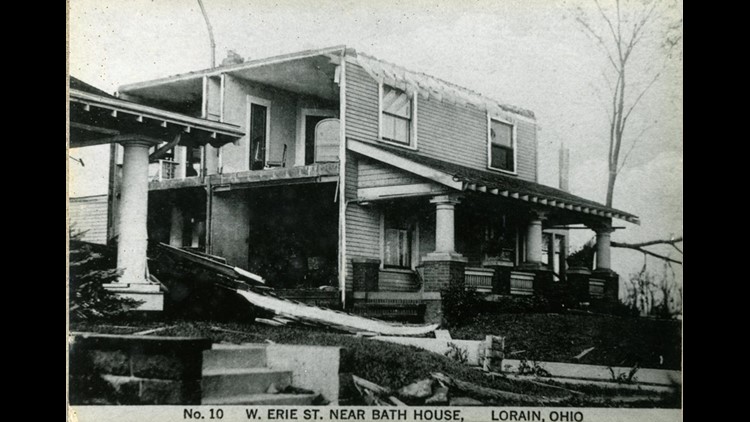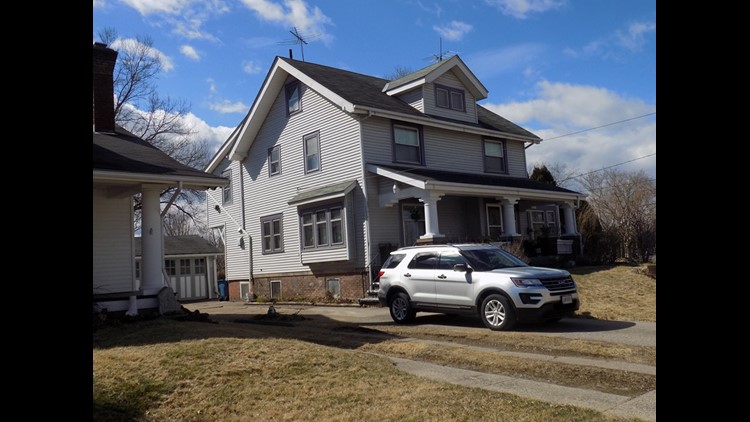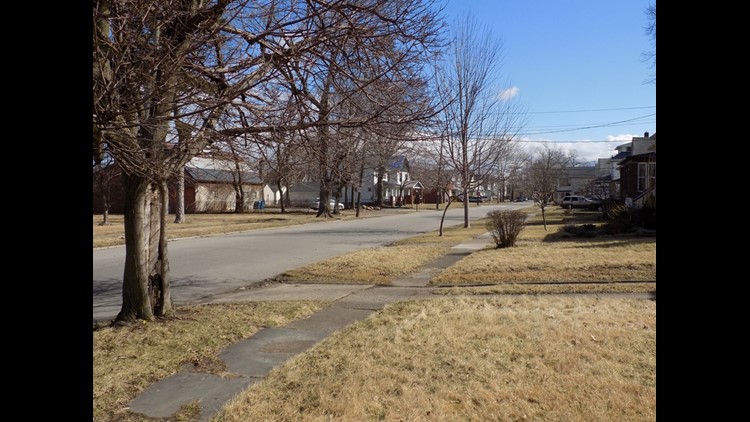LORAIN, Ohio — In 1924, Lorain was a bustling lakeside city of nearly 40,000, home to a booming steel industry.
June 28 started off like any warm summer day, but soon became a day the city would never forget.
Today, the Lorain-Sandusky tornado remains the deadliest in Ohio history, and the 24th deadliest in the United States. Eighty-five people lost their lives that day, hundreds were injured.
"It's not the strongest or the biggest tornado that's hit Ohio, but it hit this busy neighborhood, so it did a lot of destruction and we lost a lot of lives in the tornado," said Kaitlyn Donaldson, Curator at the Lorain Historical Society.
The devastation began when a tornado first touched down in Sandusky, killing eight people, destroying 100 homes and damaging 25 businesses. It then mowed back over Lake Erie, where it gained power before coming ashore again in Lorain, where at least 72 people lost their lives.
Memories of that day live on in Lorain, mostly through the descendants of survivors, like journalist Dennis Sadowski, whose father, John, was just 9 years old in 1924.
Photos: A look back at the Lorain-Sandusky tornado of 1924
"Surely the storm imprinted on everybody's lives, especially that generation that were young or even older, because when the weather turned nasty in the summers people wondered. Up until my dad died in 2001, he still was concerned about thunderstorms, what they could produce, because of his experience," Sadowski told WKYC.
Lorain was hit hard from the moment the tornado slammed onto Lakeview Park Beach. Beach-goers sought shelter at the bathhouse there, but it couldn't withstand the more-than 160 mile per hour winds. Eight people died there.
"It was right here, the same location as our new bathhouse. It's been rebuilt a couple times [but] there are archways down the lower level here that are the original archways from the first bathhouse," Donaldson said, pointing at the structure that stands there today.
The tornado then tore through the city's business district, destroying homes, churches and businesses in its wake.
"Then it went down the hit the downtown and another major tragedy would be what happened in the State Theatre along Broadway," Donaldson said.
That's where John Sadowski had spent his Saturday afternoon.
"He'd go for the afternoon matinee at State Theatre. For a quarter you get a couple of movies and a pop and he had seen how dark it was getting, the wind was stirring up, and he had never seen anything quite like that before and so he just took off running," Dennis Sadowski said.
"He had to escape the destruction because he had seen how bad it was becoming and he looked at back at one point... and saw a tree go down, just missed him, and he said he ran that much faster."
Fifteen people were killed in the theater Sadowski had run from. But the toll could have been far worse.
"It was fortunate that it happened at 5:00 and not at the matinee earlier in the day, when there would have been a thousand people there, or later that night on Saturday night, when another thousand would have come," Donaldson said.
In all, more than 600 homes were destroyed and over 200 businesses were damaged. Despite the shock, the city began recovery efforts right away, with help from the National Guard and the Red Cross. Recovery efforts totaled $12 million, the equivalent of $180 million today.
"I'd say a lot of the damage was cleared up within a year, and then definitely most of it was finished within four years, but people had to get back to their lives. They rebuilt their homes or lived with neighbors or family until they could get resettled," Donaldson told us.
Thanks to those recovery efforts, many of the rebuilt structures are still standing - like the Moore House Museum of the Lorain Historical Society, which escaped major damage that day.
Today, you can take a tour there to learn more.
"I would recommend coming to one of our Moore House tours themed around the 95th anniversary of the tornado. We're having tours in July in August. You learn all about individual stories that happened, you listen to voices of those who survived the tornado, and then you learn about the cleanup and the recovery and how the city came together," Donaldson said.
"I find it really inspiring, and so that's the overall message that we try and portray. It's not so much focused on how horrible that day was, because it certainly was, and we touch on it, but what I am most impressed by is how we cleaned up, and rebuilt and moved on."

